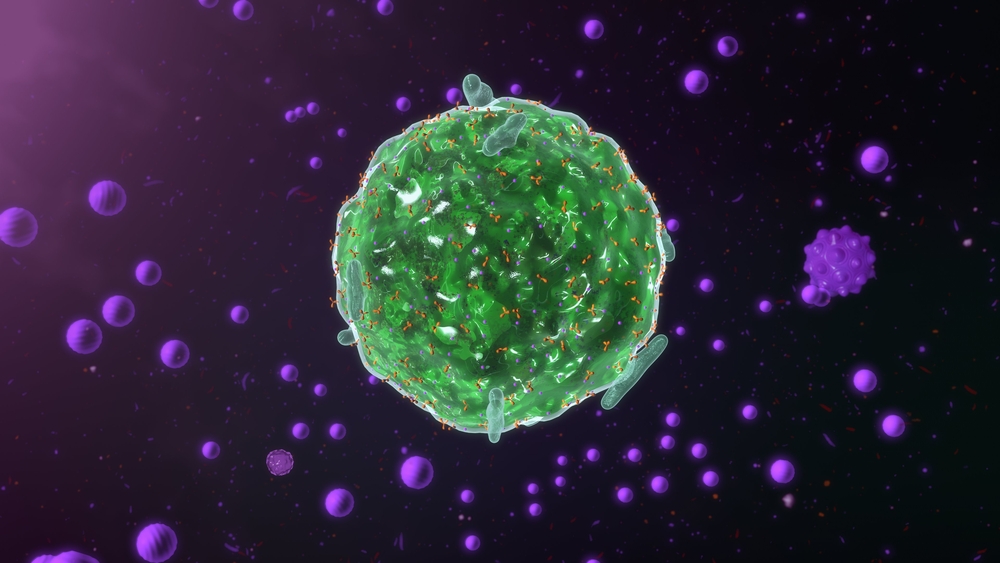Now Reading: Dire Wolf Revival Sparks Hope and Debate
1
-
01
Dire Wolf Revival Sparks Hope and Debate
Dire Wolf Revival Sparks Hope and Debate
Quick Summary
- Dallas-based Colossal Biosciences announced the successful de-extinction of the dire wolf species, which went extinct approximately 12,500 years ago.
- Three wolves – Romulus, Remus, and Khaleesi – have been bred with gene-edited traits resembling dire wolves. Characteristics include size, skull shape, and white coats.
- Scientists used ancient DNA from fossils to edit genomes of gray wolves while using existing dire wolf DNA as a reference point. The embryos were cloned and birthed through surrogate dogs.
- genetic analysis revealed that gray wolves share 99.5% of their DNA with dire wolves; however,earlier research suggests closer relation to jackals than gray wolves.
- The new pack resides in a 2000+ acre preserve where they are monitored by scientists and animal care teams for adaptability studies across various habitats. Expansion plans include increasing group size for natural pack dynamics.
- Colossal sees these efforts as tools for biodiversity restoration rather than creating replicas of extinct species.
- Additional conservation projects have resulted in cloning litters of critically endangered red wolves alongside ongoing work on woolly mammoths and Tasmanian tigers.
Indian Opinion Analysis
The return of genetically re-created “dire wolves” demonstrates notable advancements in biotechnology while underscoring ethical debates within conservation science globally and possibly for Indian wildlife policy frameworks too over time .India has its own stakes when it comes leveraging pioneering_tx ambiguous stance rectifyptive storytelling esppecially if existing fragile larger aided vulnero
Stay Informed With the Latest & Most Important News
Previous Post
Next Post
Loading Next Post...

























